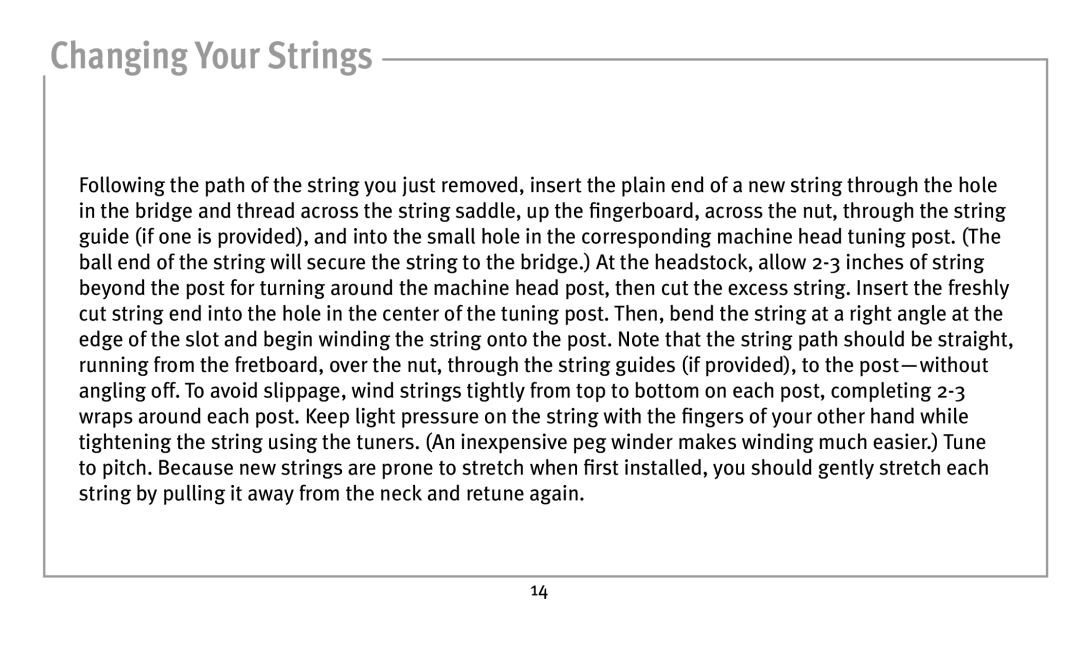Bass specifications
Peavey Electronics, a renowned name in the music industry, has built a solid reputation for producing high-quality bass guitars that appeal to a diverse range of musicians. Combining innovative technology with traditional craftsmanship, Peavey basses are designed to deliver powerful sound, remarkable playability, and durability.One of the standout features of Peavey bass guitars is their proprietary pickup technology. Many Peavey models are equipped with high-output, passive pickups that provide a rich, detailed tone with strong mid-range presence. This allows musicians to achieve a wide variety of sounds, from warm, round lows to sharp, cutting highs. Peavey’s use of advanced electronics, like the patented "VFL" (Vinyl Foam Layer) pickups, further enhances these tonal capabilities by minimizing noise and maximizing clarity.
Construction quality is another hallmark of Peavey basses. They typically feature solid body designs made from premium woods like alder or ash, which contribute to a resonant and balanced sound. The necks are often crafted from hard maple or mahogany, providing stability and a smooth playing experience. Additionally, many models come with a rosewood or maple fingerboard that offers effortless playability and sweet tonal characteristics.
Peavey basses are also known for their attention to ergonomics. The body contours and neck profiles are designed for comfort, making it easy for players to navigate the fretboard during long sessions. This thoughtful design extends to features like lightweight hardware and streamlined controls, allowing musicians to focus on their performance without being hindered by an unwieldy instrument.
In terms of versatility, Peavey offers a broad array of models, from entry-level basses like the Peavey Millennium to professional options like the Peavey Cirrus series. Each model is crafted to suit various musical styles, whether it be rock, jazz, or funk. This emphasis on versatility ensures that players can find a Peavey bass that aligns with their unique sound and style preferences.
Finally, Peavey prides itself on making high-quality instruments accessible to musicians at various levels. Their basses are priced competitively, providing excellent value for the features and craftsmanship offered. Therefore, whether you are a novice bassist or a seasoned professional, Peavey bass guitars are designed to meet your musical needs while delivering outstanding performance and reliability on stage or in the studio.

